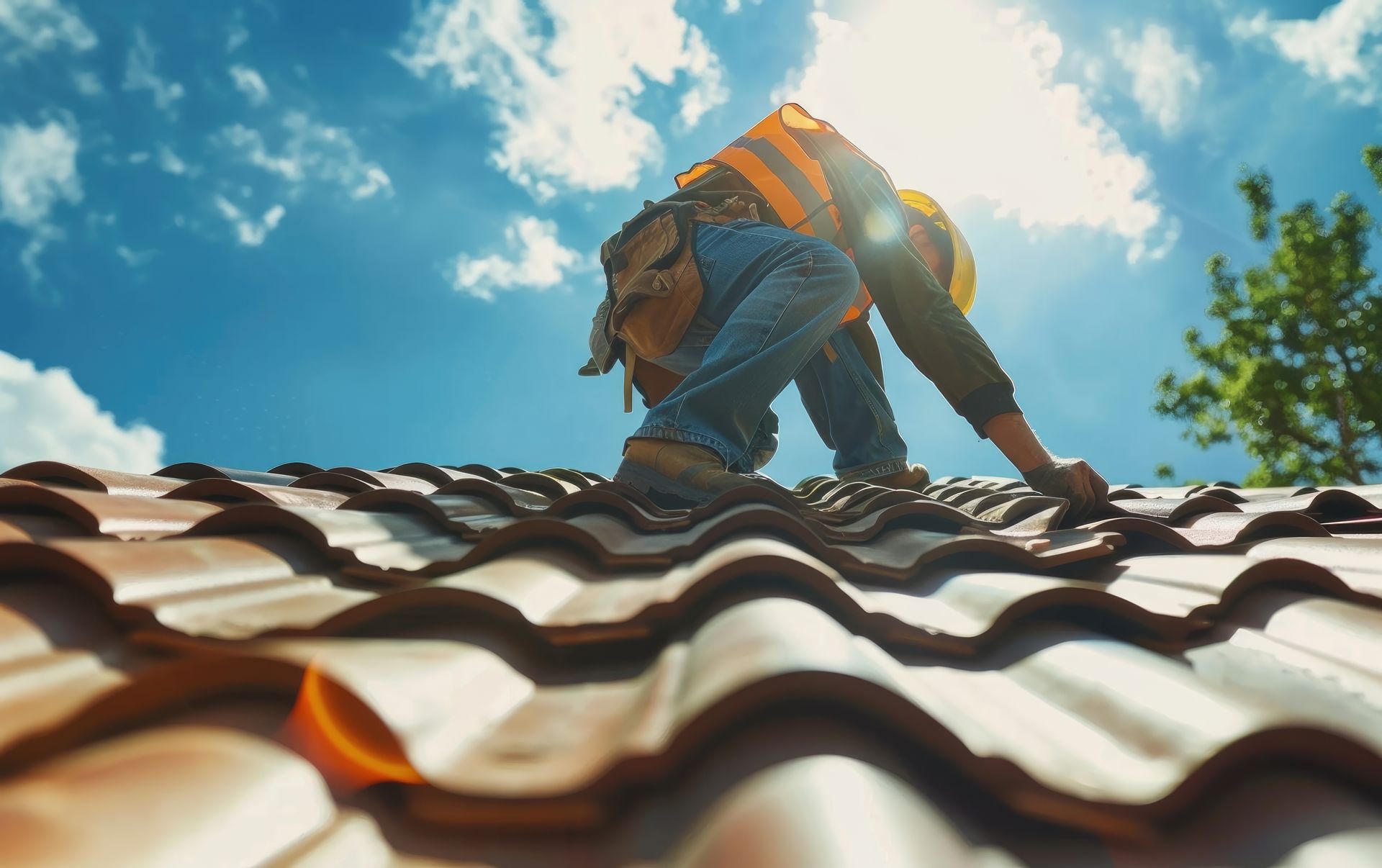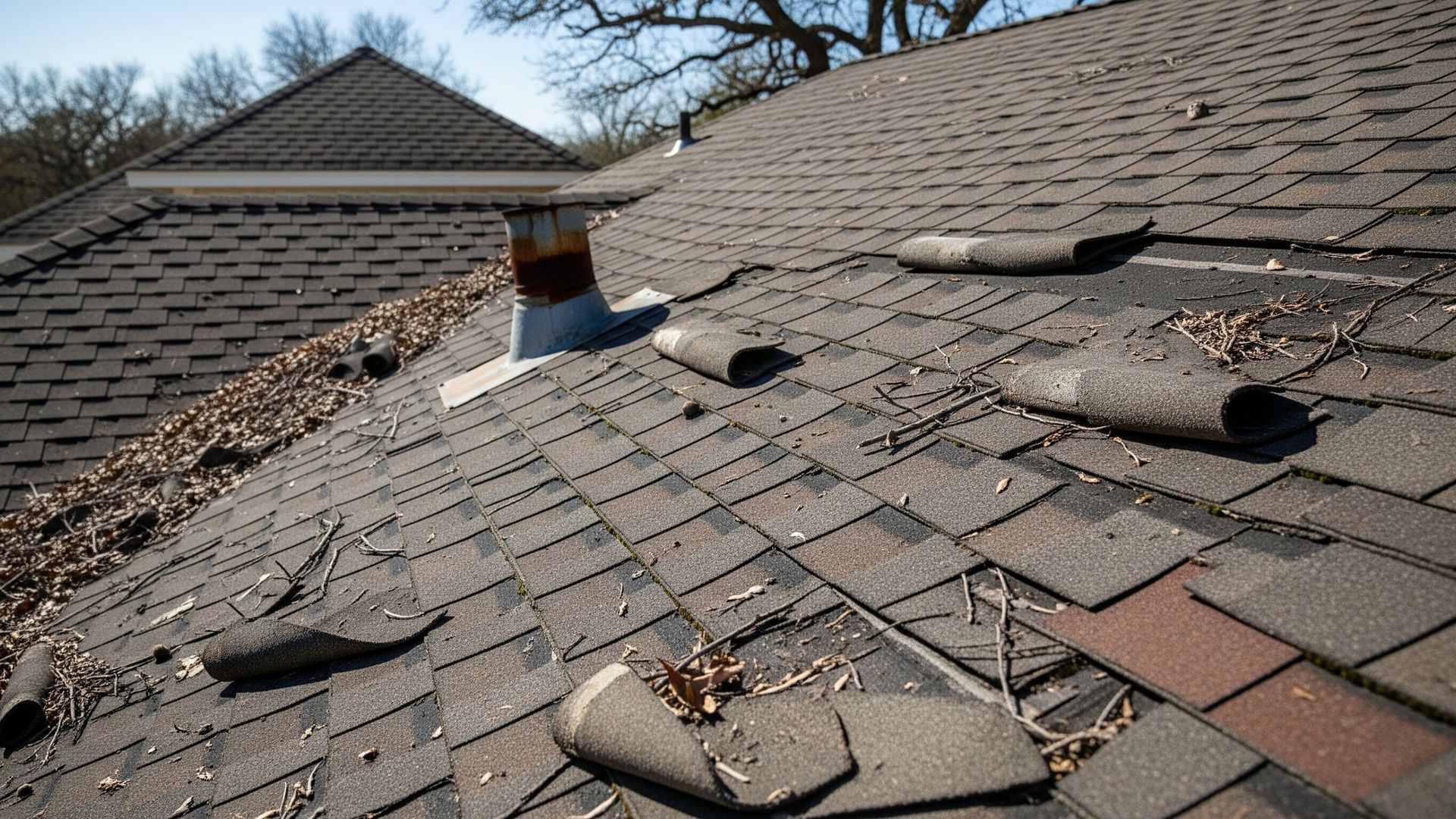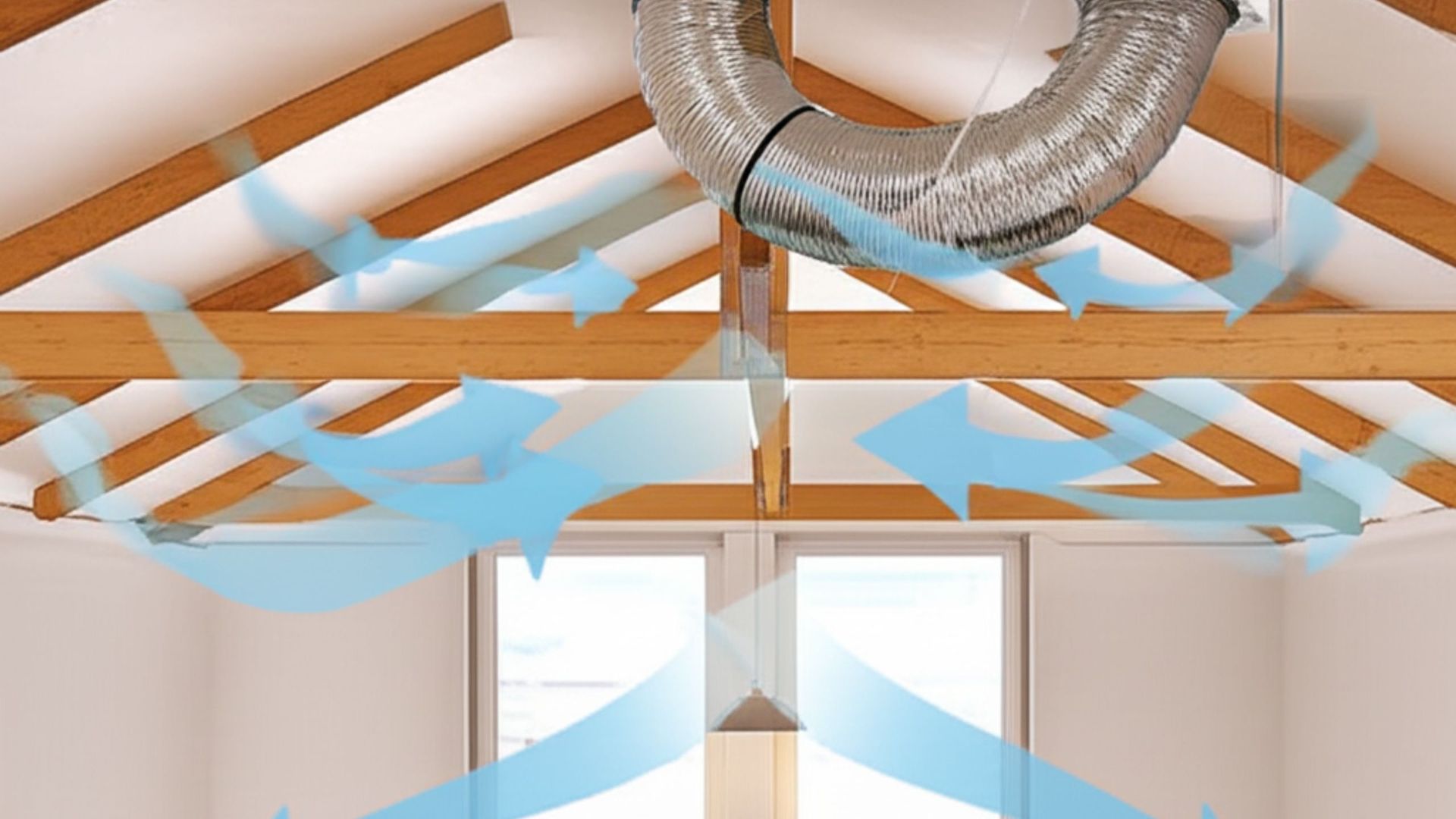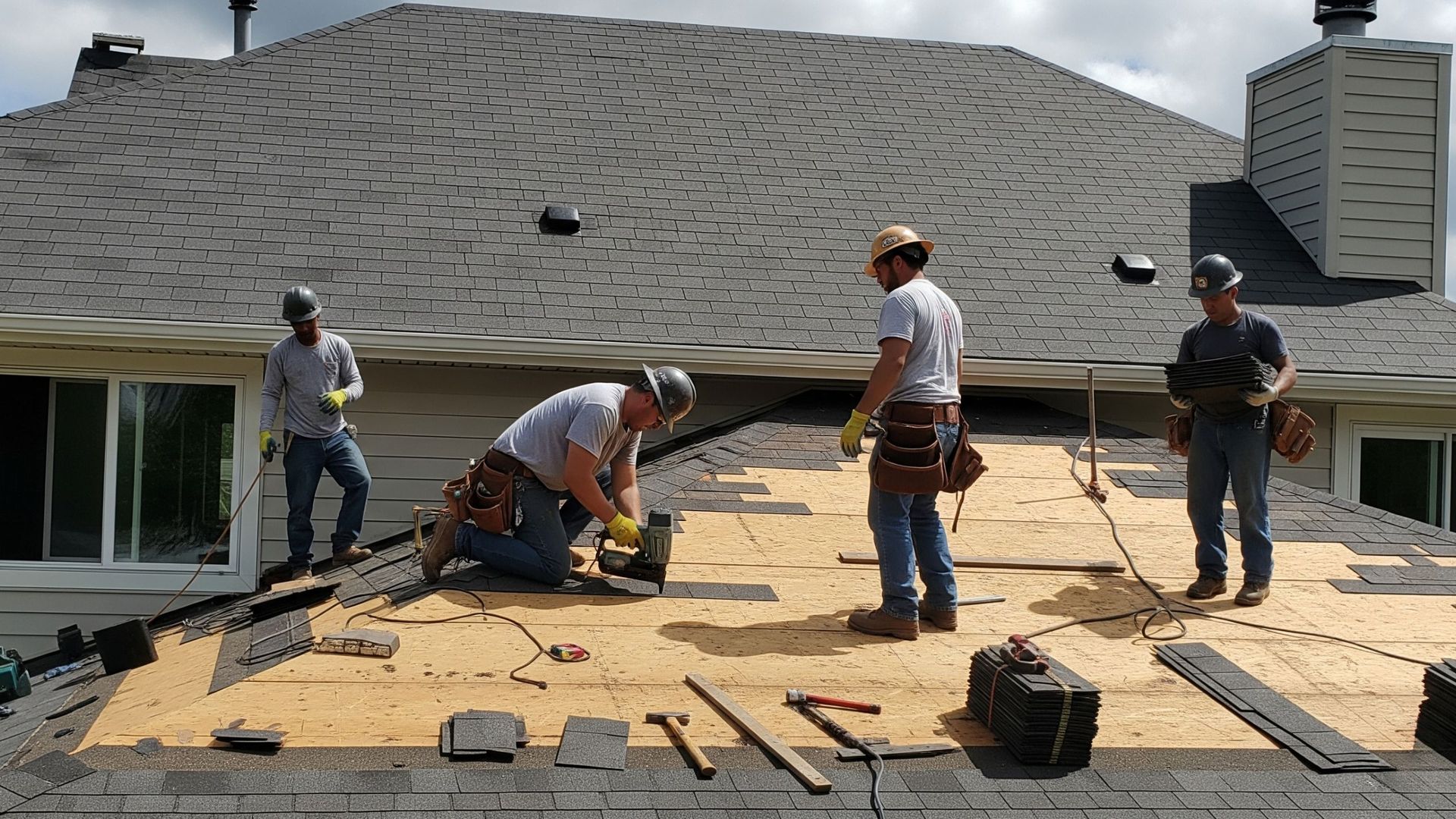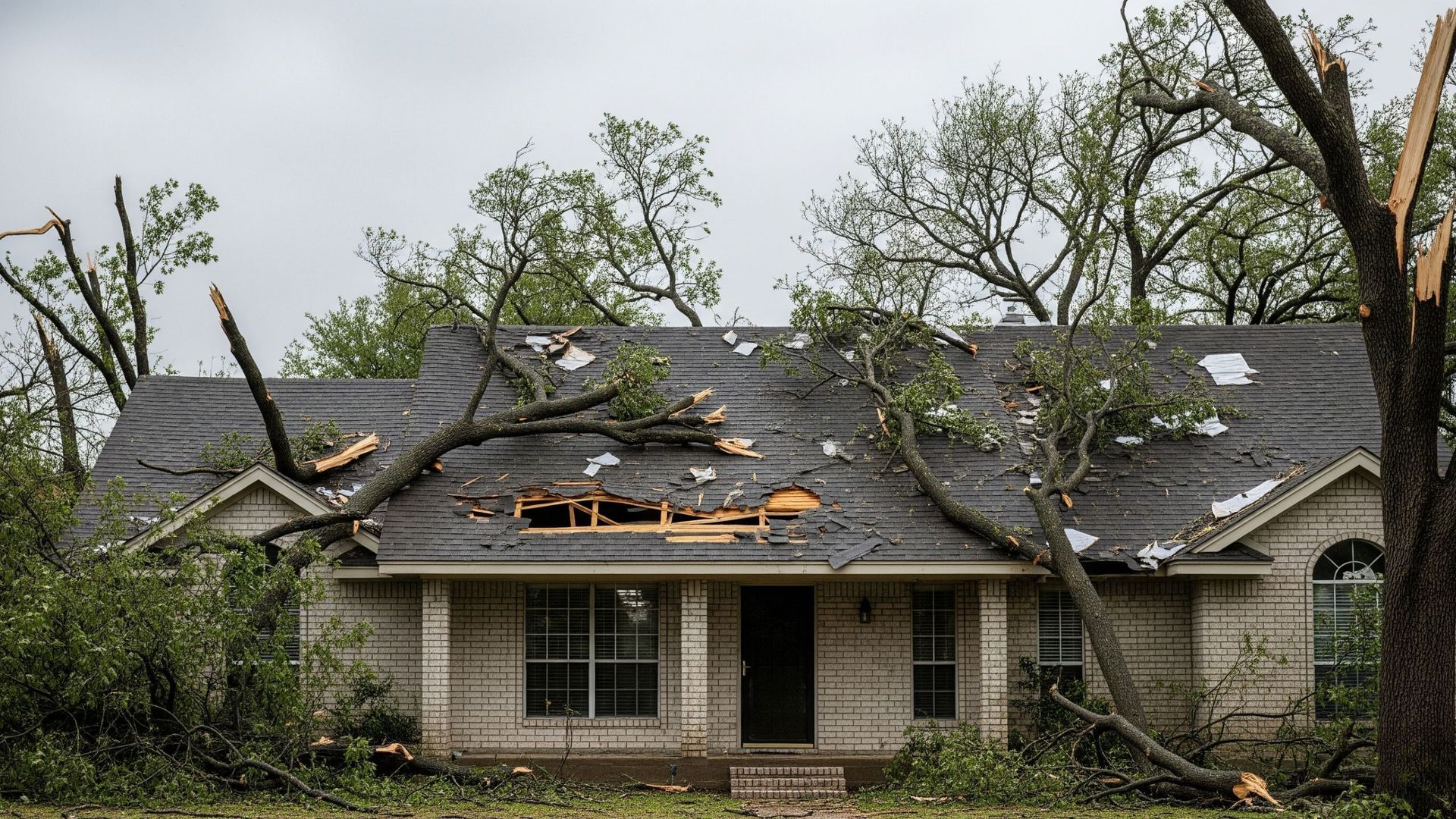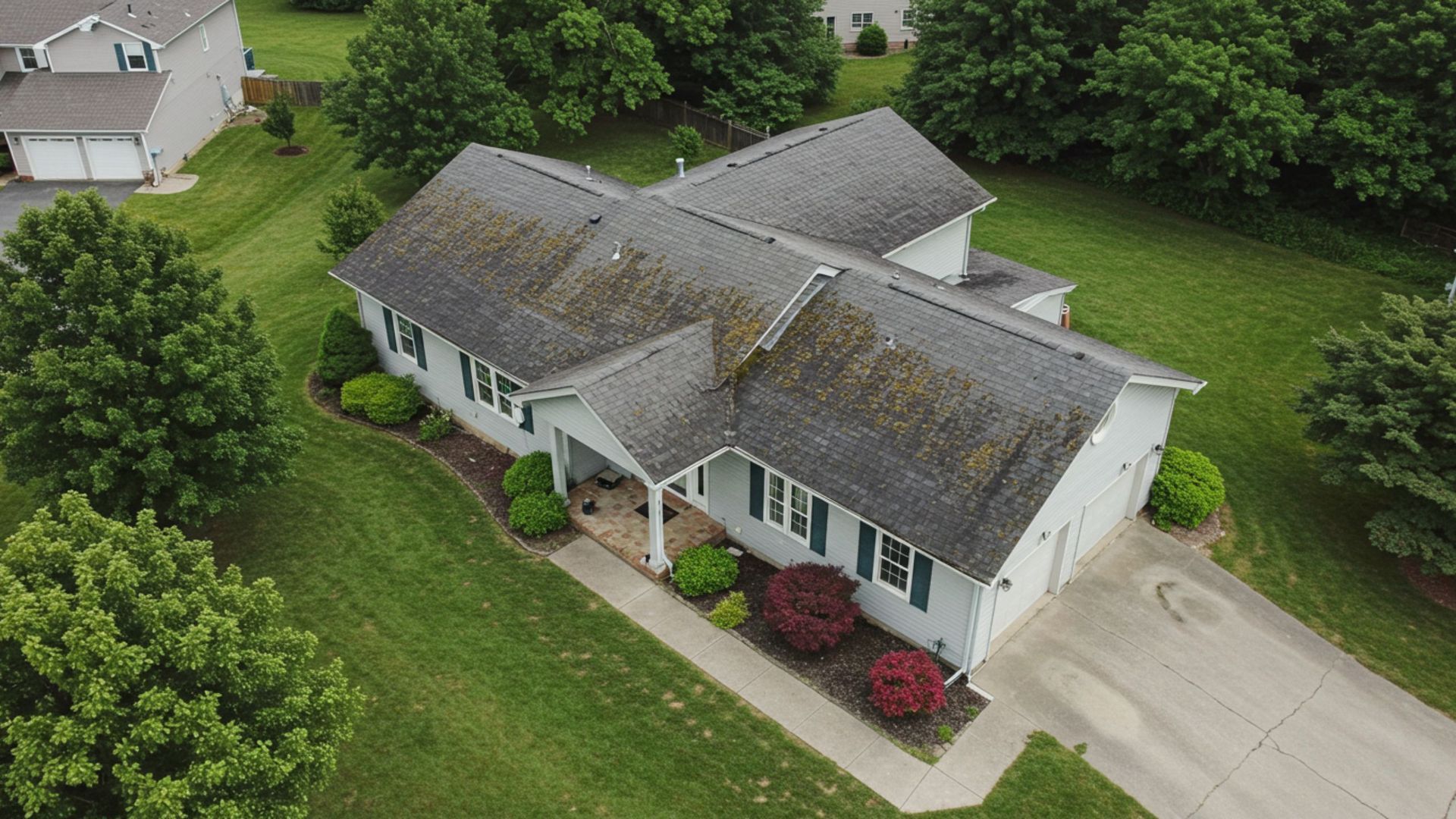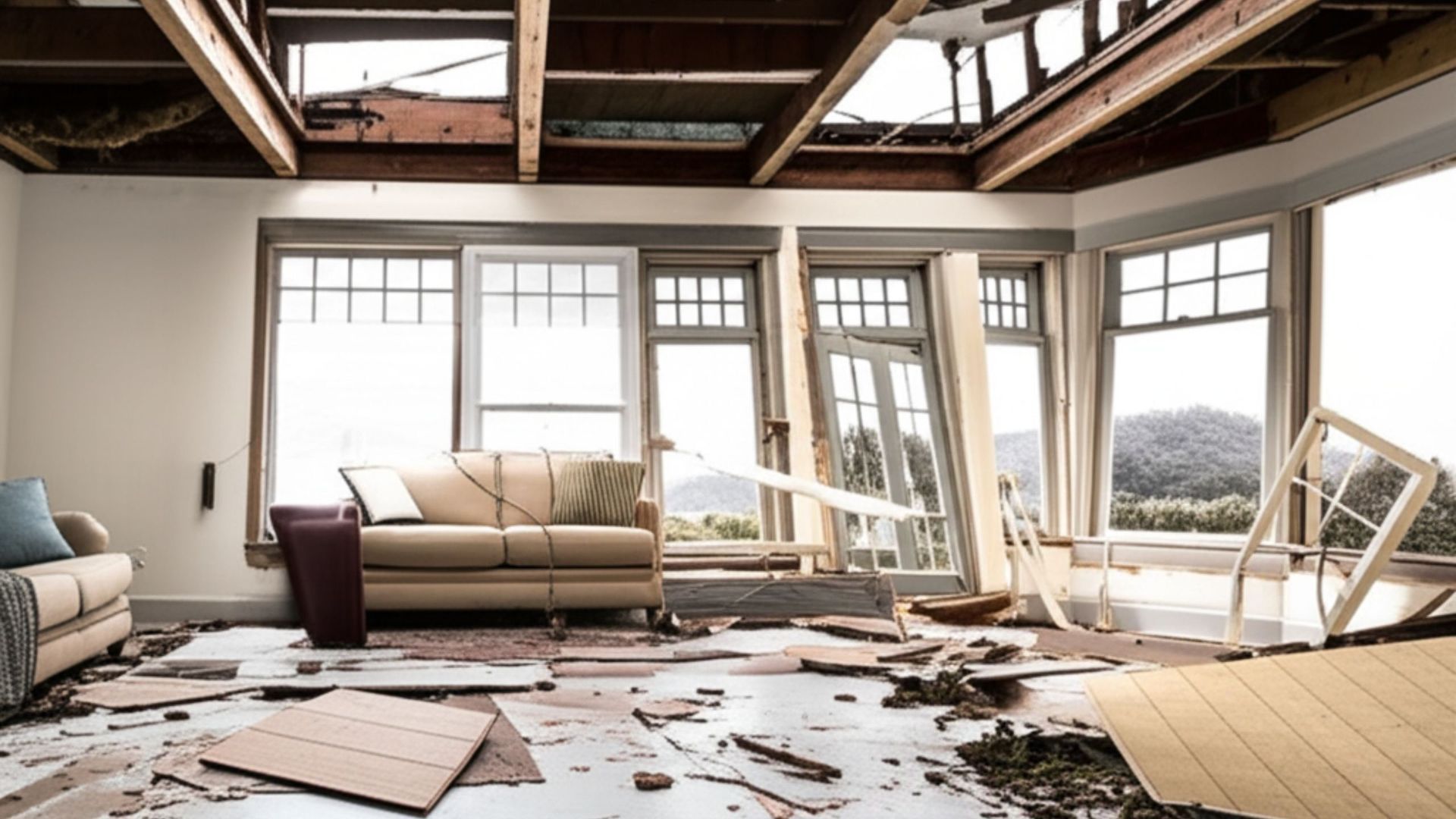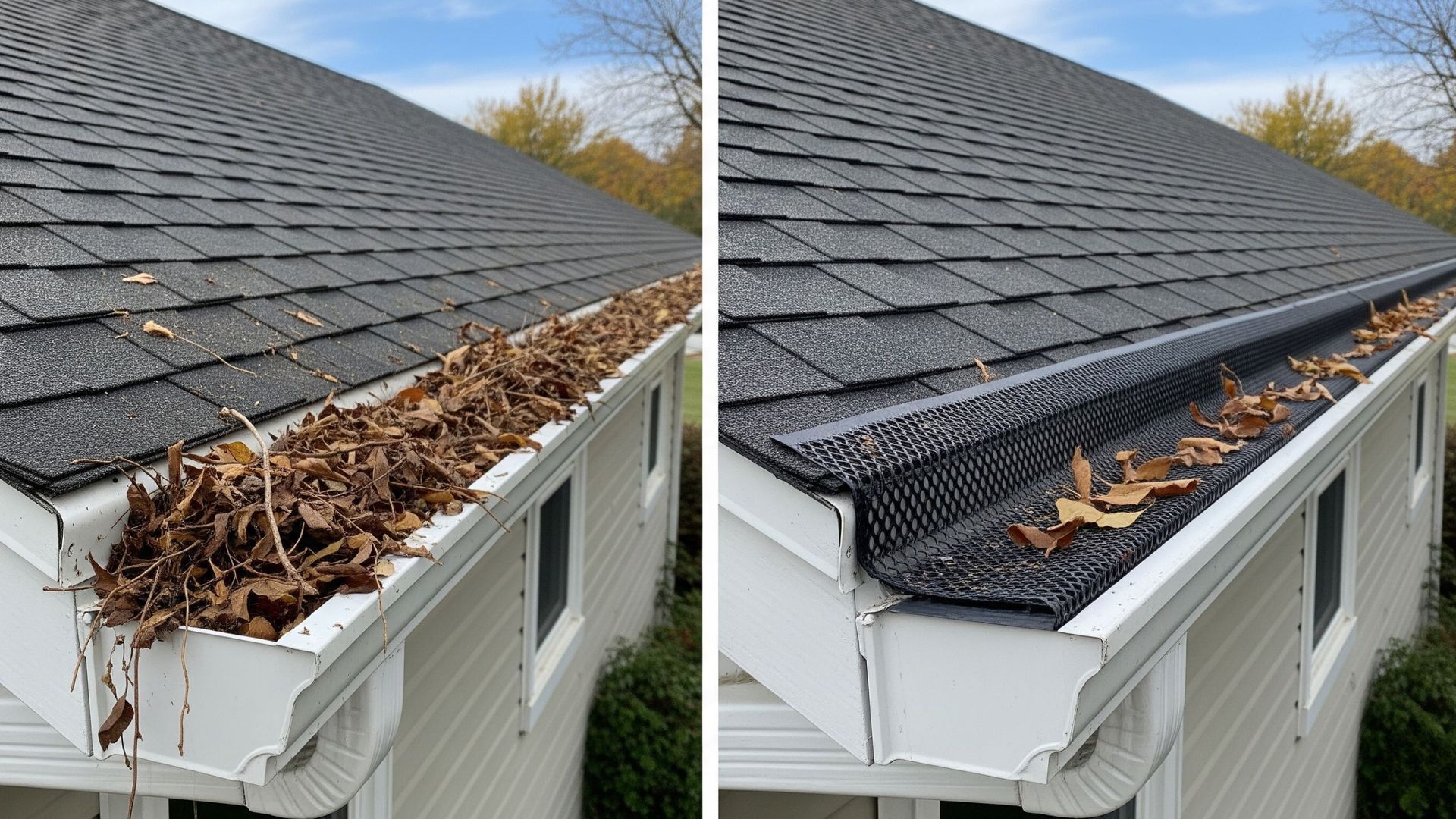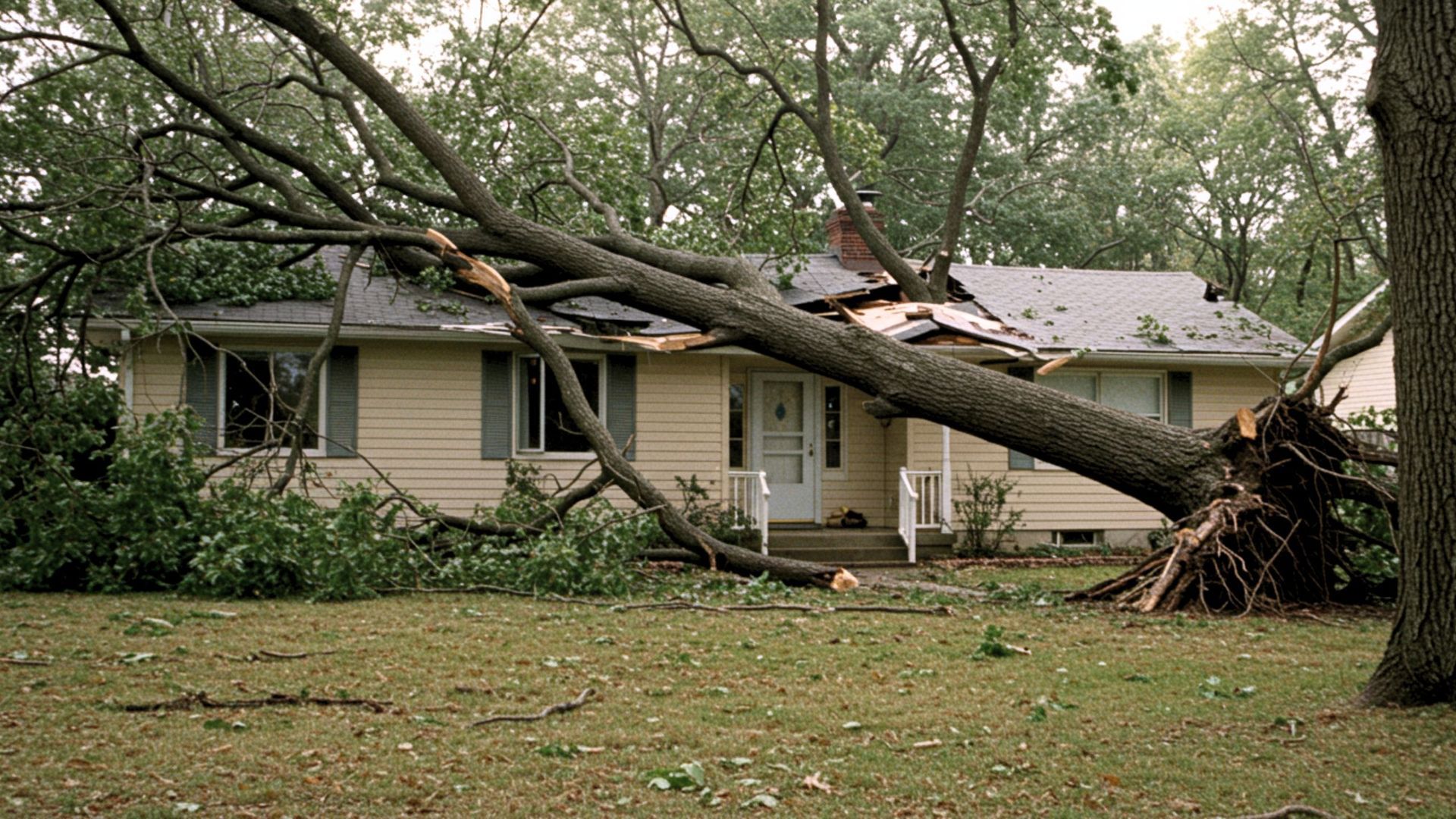Roofing Myths Debunked: What You Really Need to Know
When it comes to maintaining or replacing your roof, there’s no shortage of advice out there. Unfortunately, not all of it is accurate. Homeowners often encounter myths and misconceptions about roofing that can lead to costly mistakes. In this post, we’ll debunk some of the most common roofing myths and provide you with the right information so you can make well-informed decisions about your home’s roofing needs.
Myth #1: You Only Need to Replace Your Roof When It’s Leaking
One of the most widespread myths is that you only need to replace your roof if it’s leaking. While a leak is certainly a clear sign that something’s wrong, it’s far from the only reason to consider a roof replacement. Waiting until your roof starts leaking can lead to extensive damage to your home’s interior, including mold growth, rot, and ruined insulation.
In reality, regular roof inspections can help you spot problems before they escalate into leaks. If you notice missing or damaged shingles, sagging, or visible wear, it may be time to consider a roof replacement even if there are no active leaks.
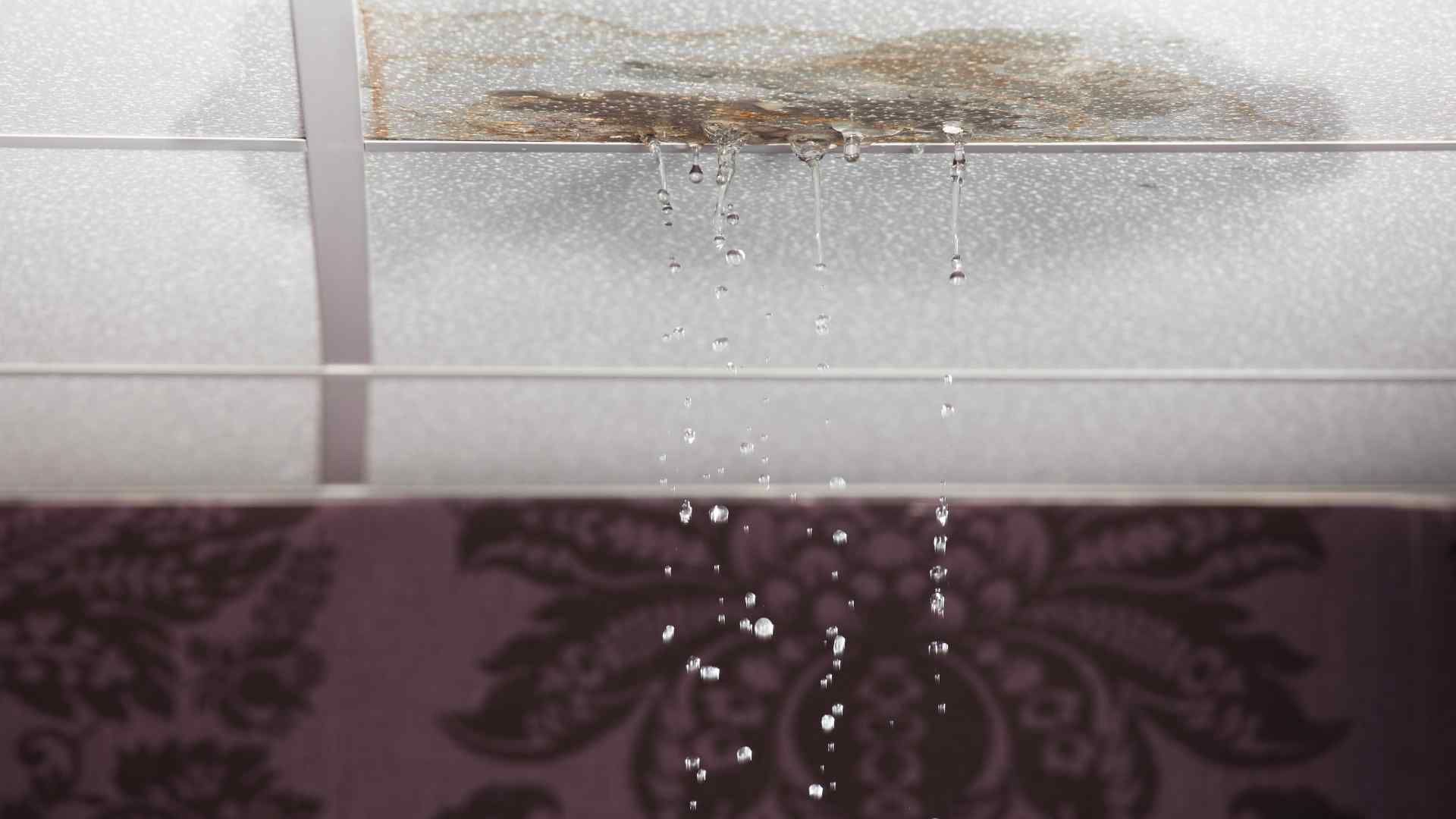
Myth #2: All Roofing Materials Are the Same
Not all roofing materials are created equal. Many homeowners believe that all shingles or roofing products offer the same level of protection, but this isn’t true. There are significant differences in durability, lifespan, and resistance to weather conditions among roofing materials.
For instance, asphalt shingles are the most common roofing material, but they come in various grades. Higher-quality shingles offer better resistance to wind and last longer than lower-grade options. Additionally, alternatives such as metal, tile, and slate roofing may offer greater durability and longevity depending on your needs and budget.
Myth #3: Roof Maintenance Is Not Necessary for New Roofs
Some homeowners believe that once they install a new roof, they no longer need to worry about maintenance for years. While a new roof is certainly less likely to experience issues, neglecting regular maintenance can shorten its lifespan.
Just like any other part of your home, your roof benefits from periodic inspections and upkeep. Keeping gutters clean, checking for debris, and addressing minor issues before they turn into bigger problems are essential to ensuring your new roof lasts as long as possible. Proactive maintenance can save you money in the long run by preventing avoidable repairs.
Myth #4: DIY Roofing Is Just as Good as Hiring a Professional
With the rise of online tutorials and DIY culture, many homeowners are tempted to tackle roofing repairs or installations on their own. While DIY projects can be great for minor home improvements, roofing is an area where professional expertise is critical.
Roofing involves complex skills, including ensuring proper ventilation, installing flashing correctly, and securing shingles to withstand weather conditions. Mistakes during installation can lead to leaks, poor insulation, or structural damage. Additionally, roofing work can be dangerous, especially for those without proper training or equipment. Hiring a professional ensures the job is done correctly and safely the first time.
Myth #6: You Can Install a New Roof Over an Old One
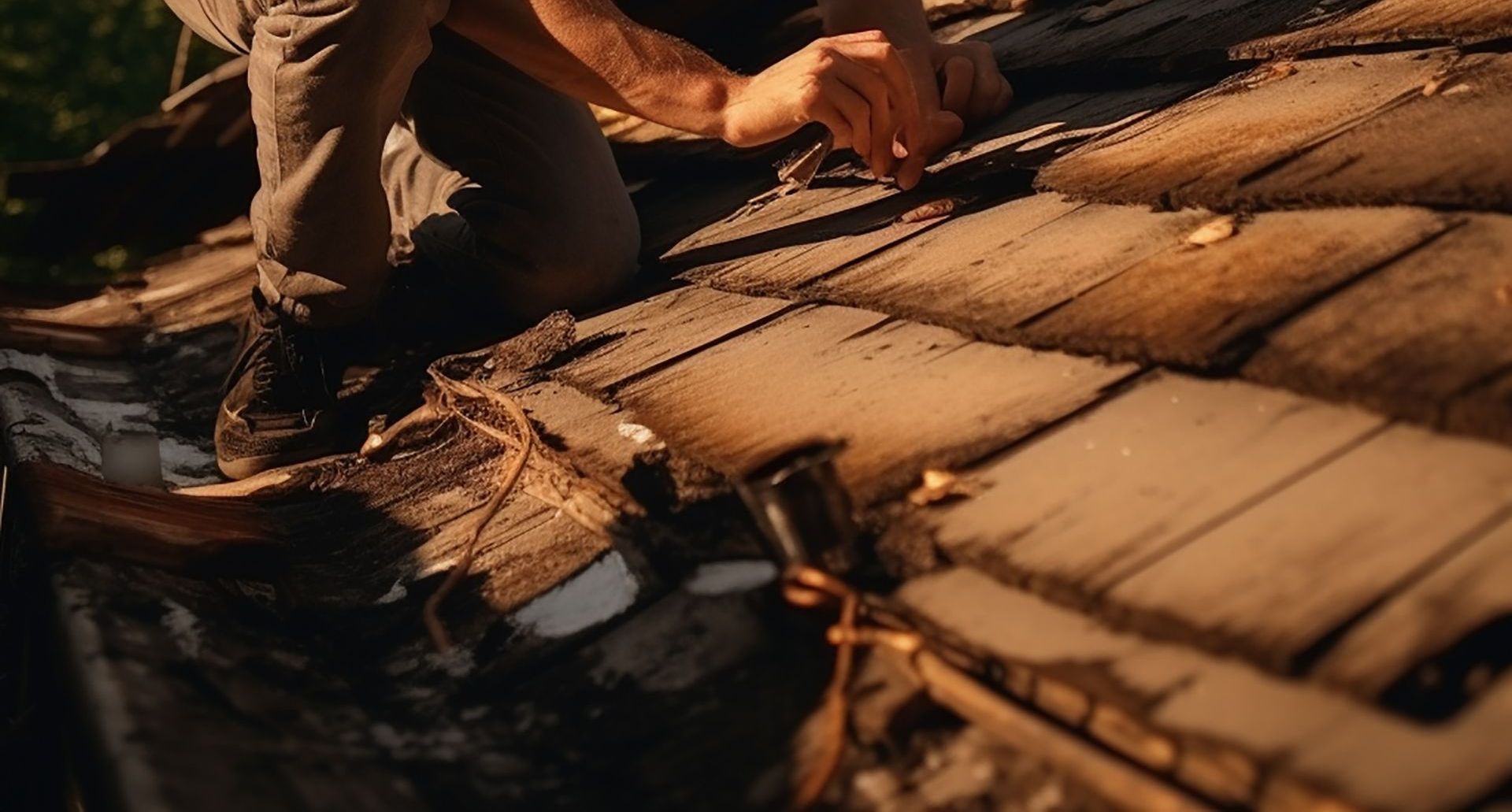
Some homeowners believe that it’s okay to install a new roof directly over an old one. While this may seem like a cost-saving measure, it’s not always the best approach. Installing a new roof over an old one can hide underlying damage, such as rot or water infiltration, that needs to be addressed before new shingles are placed.
Moreover, adding an additional layer of shingles adds extra weight to your roof, which can put unnecessary strain on the structure. Most roofing professionals recommend removing the old roof to inspect for damage and ensure that the new roof is properly installed.
There are many myths about roofing that can lead to poor decisions and costly mistakes for homeowners. From the idea that all roofing materials are the same to the misconception that roof maintenance isn’t necessary, it’s important to understand the truth behind these common beliefs.
When it comes to your roof, working with trusted professionals can help you avoid falling for these myths and ensure that your home remains protected. At TrustWorks Construction, we’re dedicated to providing accurate information, expert services, and high-quality roofing solutions to help you make the best decisions for your home.
If you have questions about your roof or need assistance with repairs or replacement, contact TrustWorks Construction today. Our team of experienced professionals is here to guide you every step of the way.
